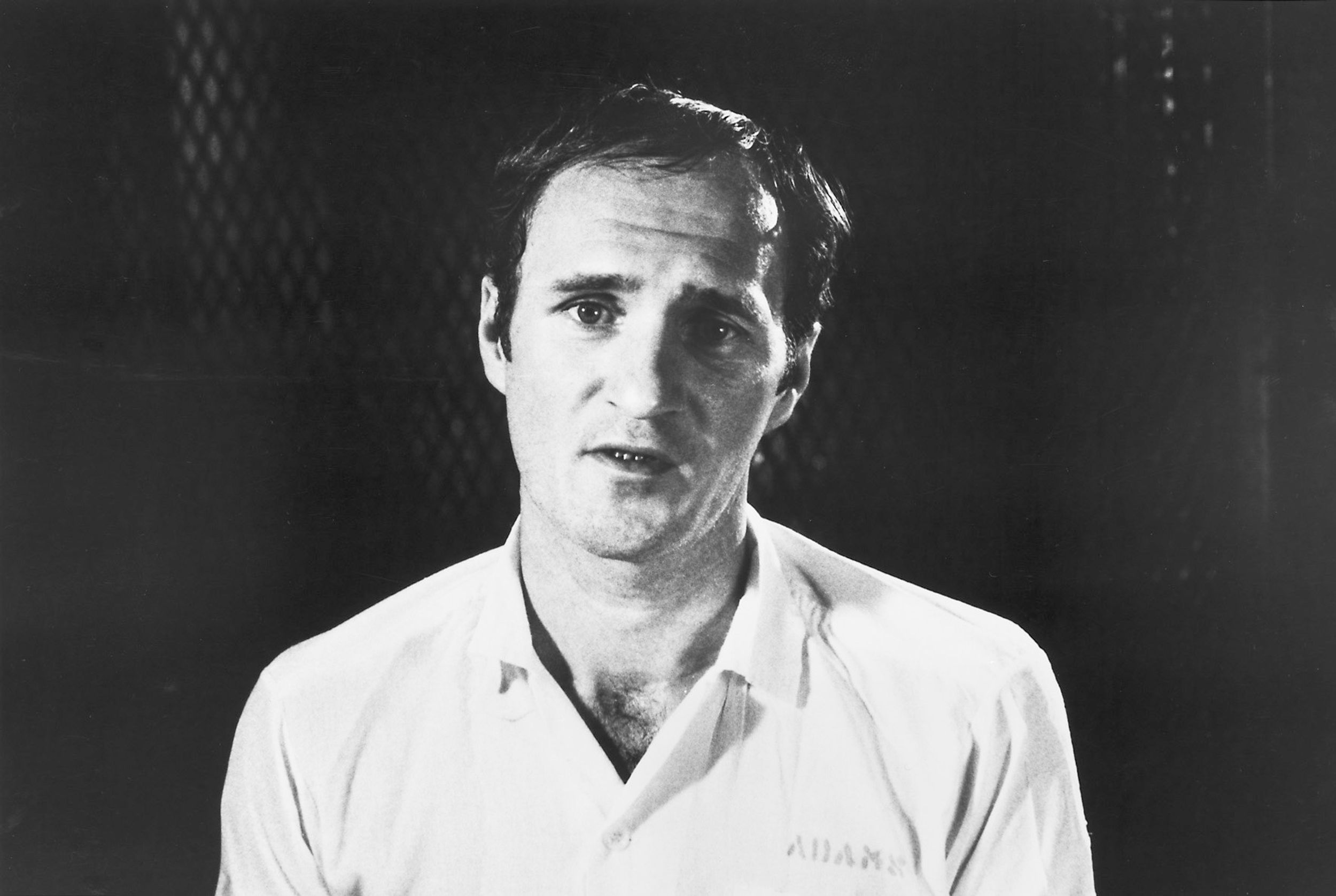
The Thin Blue Line
Randall Dale Adams was serving a life sentence for the murder of a policeman when Errol Morris decided to make a film about his case, which first came to his attention while he was working as a private detective. Adams had always denied his involvement in the murder. Morris builds his argument entirely on the statements of those involved – the convict himself, the key witness, the judge, two lawyers, other witnesses and detectives. Thanks to the director’s “Interrotron” technique, they all appear to be addressing the viewer directly. Where does the truth lie in this case? Morris leaves it up to his audience. He also puts viewers off the scent by repeatedly showing reconstructions of the shooting incident, each one filmed from a slightly different perspective and containing different details. In addition to this collection of contradictory stories, the candid interviews run the full gamut of human weaknesses: prejudice, competitive spirit, sensationalism and opportunism. Seldom have they all been displayed on-screen with such unsuspecting candor. And the questionable motives they betray appear to be encouraged by the Texas legal system. gave Adams back his freedom: the publicity surrounding the film led to the reopening of his case, and ultimately his acquittal.